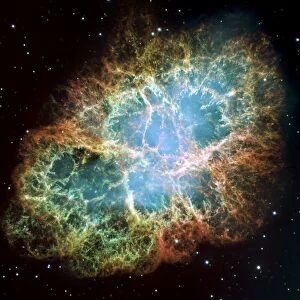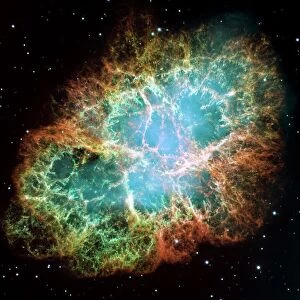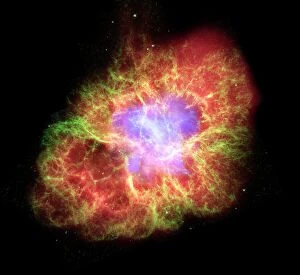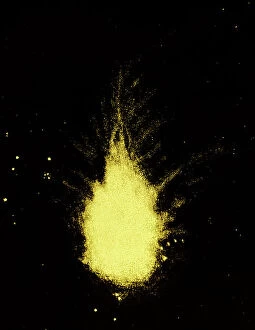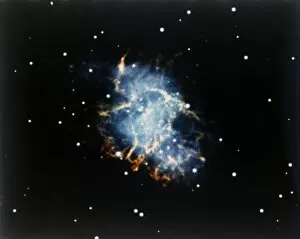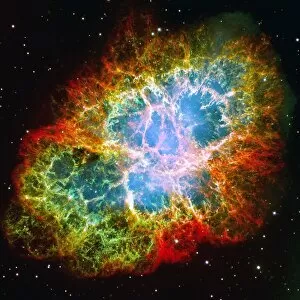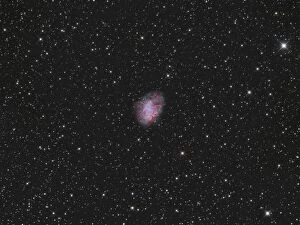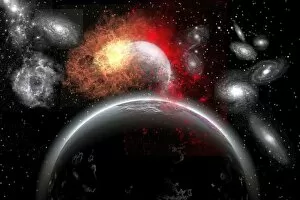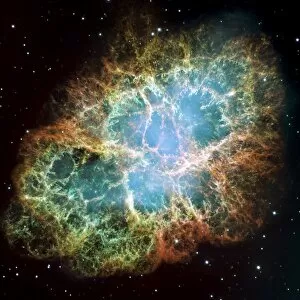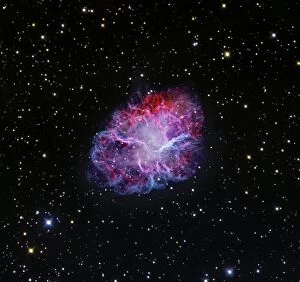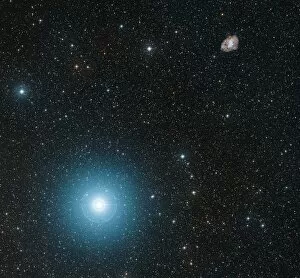Crab Nebula Collection
The Crab Nebula, also known as M1, is an awe-inspiring celestial wonder. This composite image of the Amazing Crab Nebula showcases its intricate and dynamic structure
For sale as Licensed Images
Choose your image, Select your licence and Download the media
The Crab Nebula, also known as M1, is an awe-inspiring celestial wonder. This composite image of the Amazing Crab Nebula showcases its intricate and dynamic structure. Captured by NASA, this stunning photograph reveals the nebula's beauty in the constellation of Taurus. Astronomers have meticulously combined data from various telescopes to produce a highly detailed image of the Crab Nebula. Their efforts have resulted in a mesmerizing portrayal that highlights its complexity and ever-changing nature. As a supernova remnant, the Crab Nebula represents the aftermath of an enormous stellar explosion. It serves as a reminder of the immense power and cataclysmic events that occur within our vast universe. Located in the constellation of Taurus, this cosmic masterpiece continues to captivate scientists and stargazers alike with its enigmatic allure. The intricately structured remnants left behind by this stellar explosion make it one of the most fascinating objects ever observed. The Crab Nebula stands as a testament to both destruction and creation in space—a constant reminder that even amidst chaos, there is astounding beauty waiting to be discovered.

